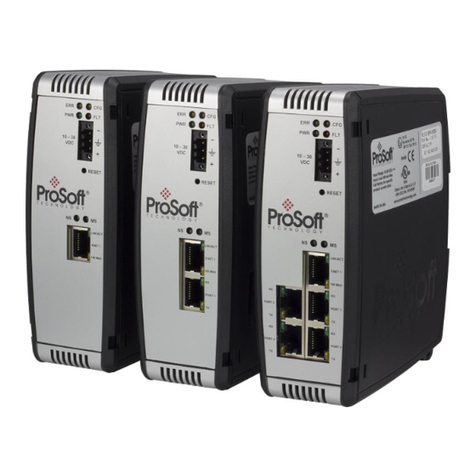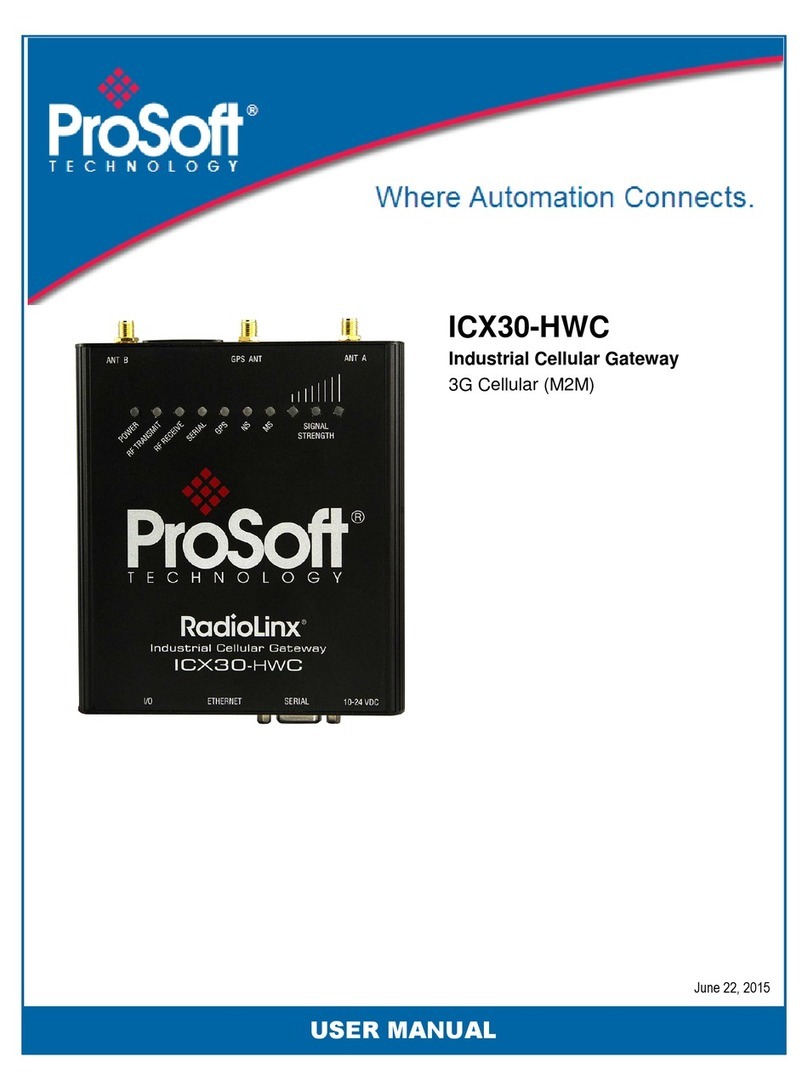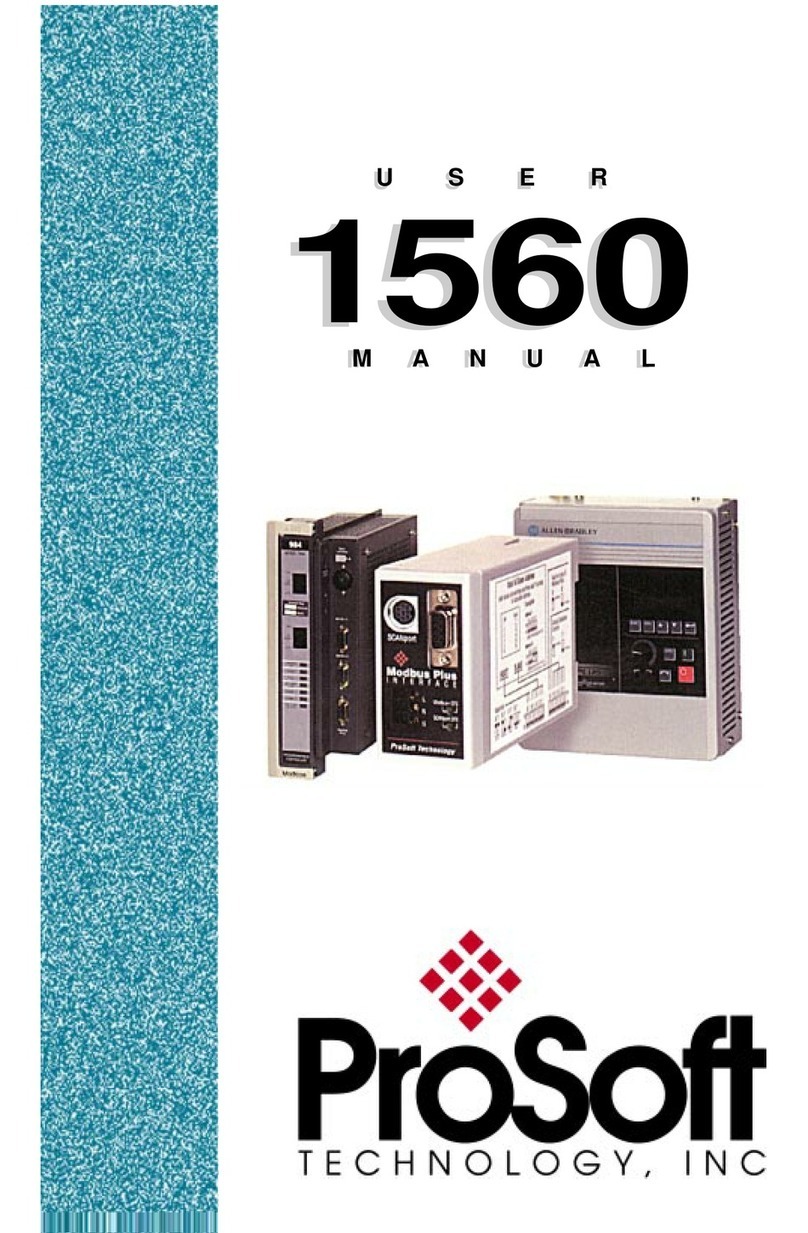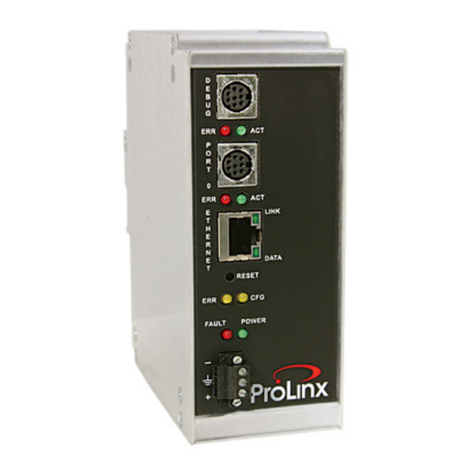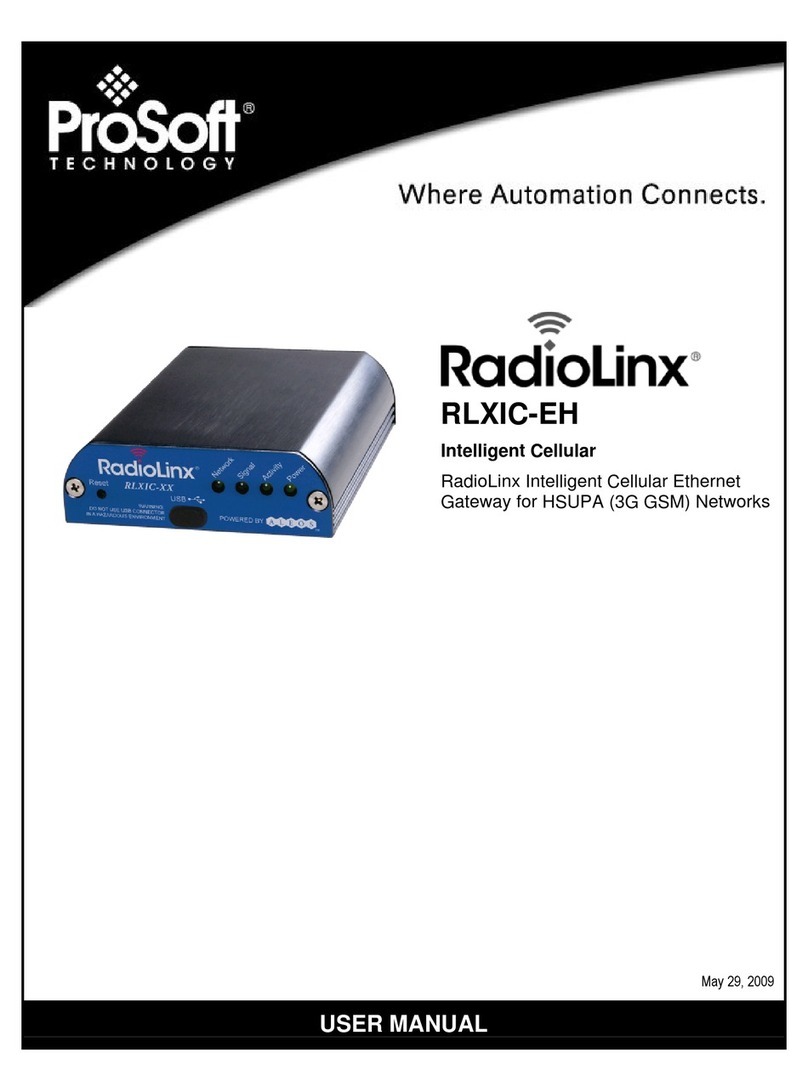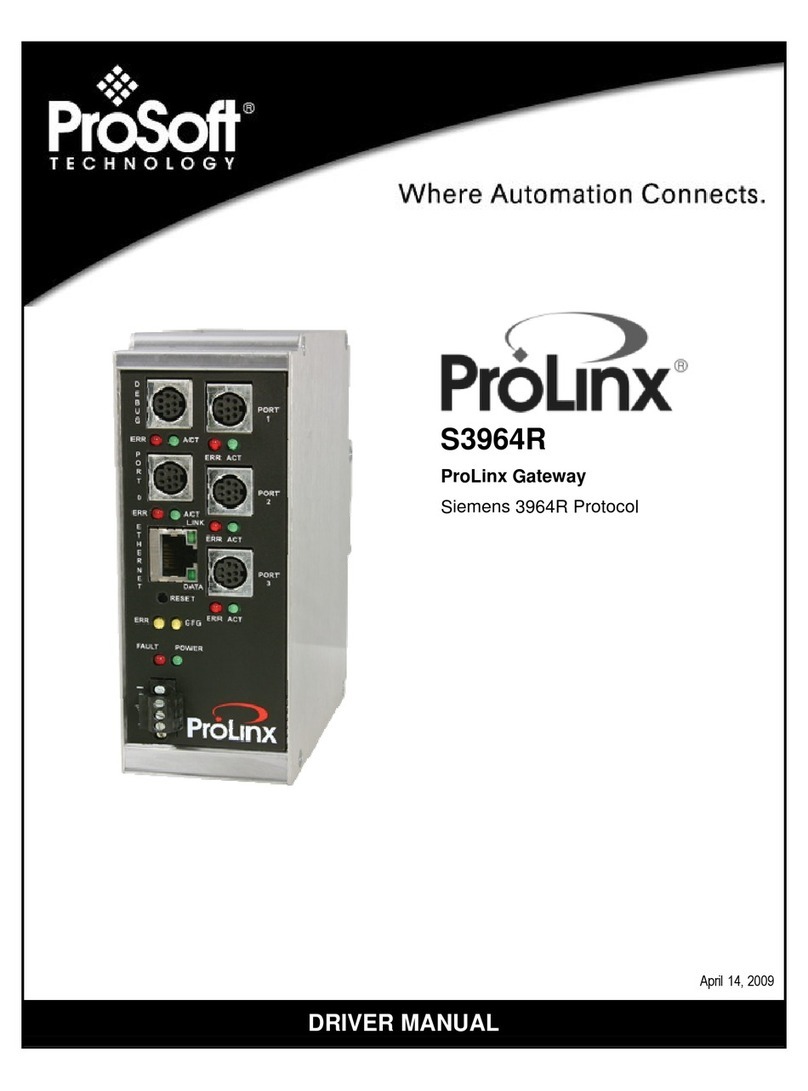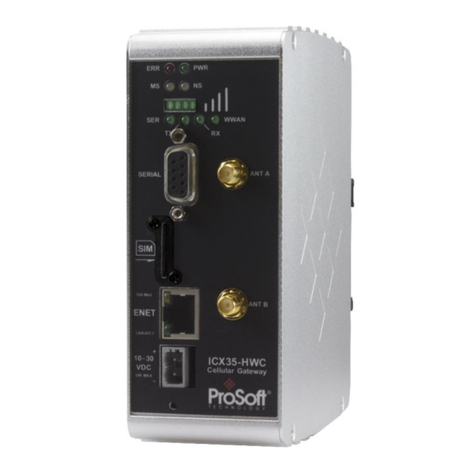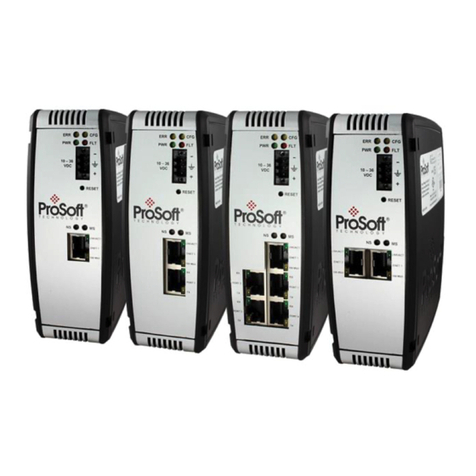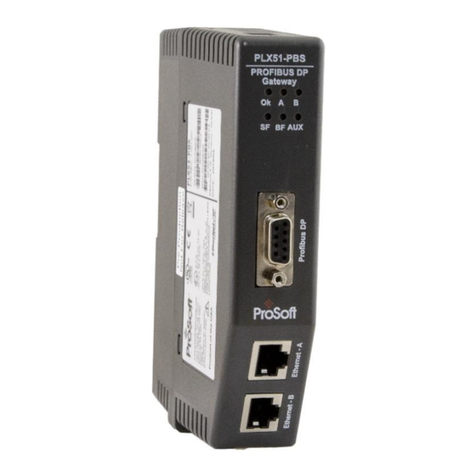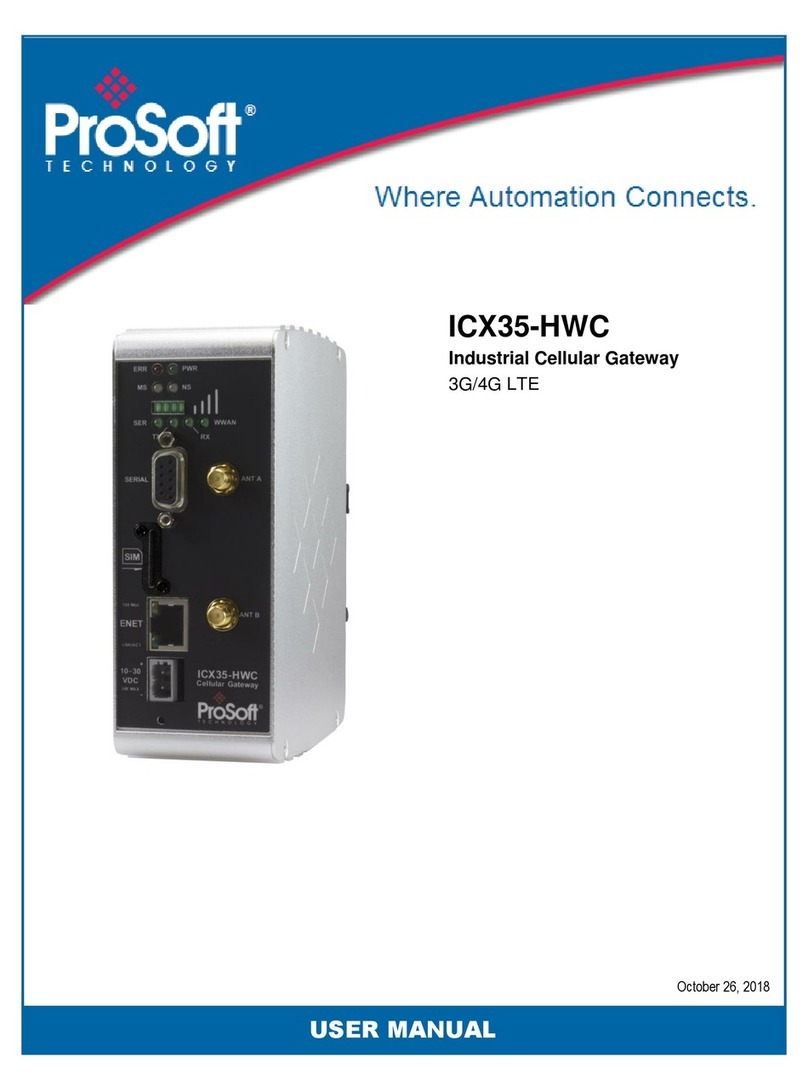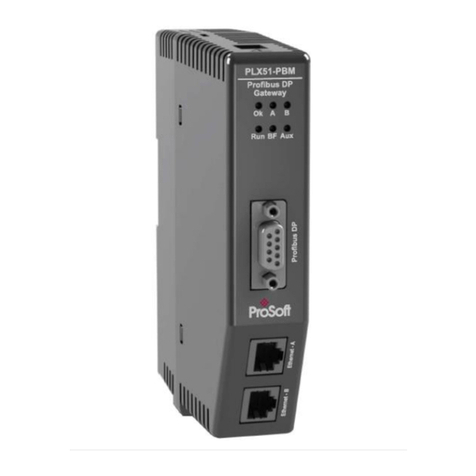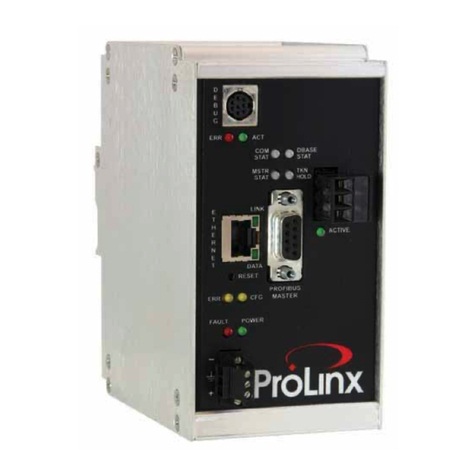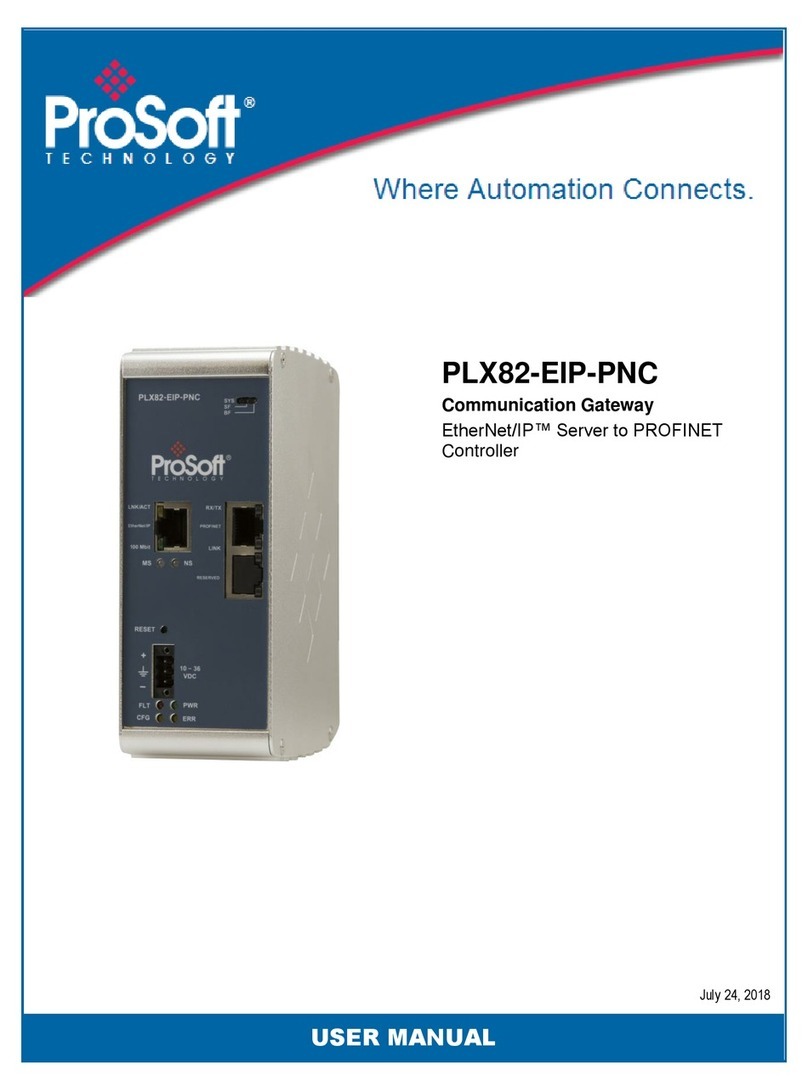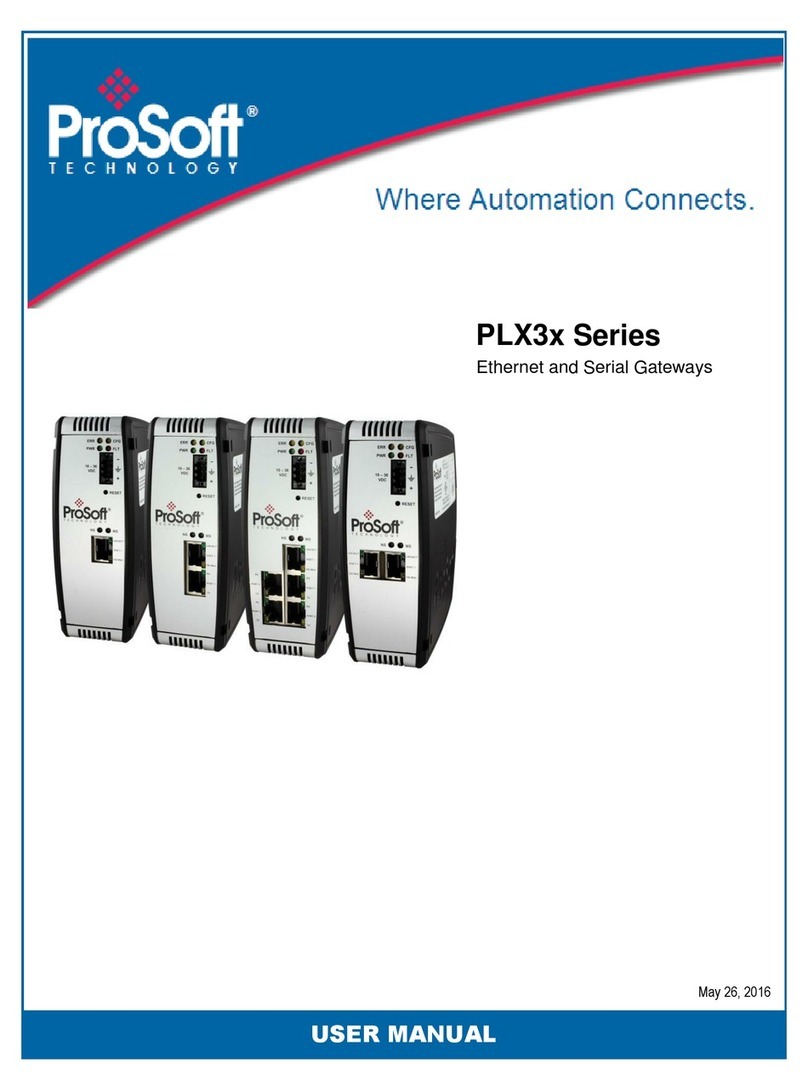
Page 5 of 162
Explicit Messaging Utility ........................................................................................101
Firmware upgrading................................................................................................103
5. Device Type Manager (DTM) .........................................................................................107
Installation...............................................................................................................107
Configuration...........................................................................................................108
Operation ................................................................................................................111
6. Diagnostics.....................................................................................................................115
LEDs .........................................................................................................................115
Module Status Monitoring......................................................................................117
PLX51-PBM.......................................................................................................118
General....................................................................................................................................119
Slave Status.............................................................................................................................122
General Statistics ....................................................................................................................123
DPV1 Statistics ........................................................................................................................126
Live List....................................................................................................................................128
Discovered Nodes ...................................................................................................................128
Ethernet Clients ......................................................................................................................129
TCP/ARP ..................................................................................................................................129
Device Status....................................................................................................130
General –Master Mode..........................................................................................................131
Statistics..................................................................................................................................132
Standard Diagnostics...............................................................................................................135
Extended Diagnostics..............................................................................................................136
PROFIBUS Packet Capture.......................................................................................137
Module Event Log....................................................................................................140
Web Server..............................................................................................................141
7. Technical Specifications.................................................................................................143
Dimensions..............................................................................................................143
Electrical ..................................................................................................................144
Ethernet...................................................................................................................144
PROFIBUS DP ...........................................................................................................145
Agency Approvals and Certifications ......................................................................145
8. PROFIBUS DP..................................................................................................................147
Introduction.............................................................................................................147
